Deck & Commander Strategies

Raffine, Scheming Seer
A reanimator and card draw focused deck that aims to fill the graveyard quickly and use Raffine’s abilities to draw cards and return creatures, sustaining pressure and enabling value plays.

Florian, Voldaren Scion
A control and card advantage deck centered around Ristic Study and looting effects to dig through the deck, generate incremental advantage, and use spells to control the board and maintain tempo.
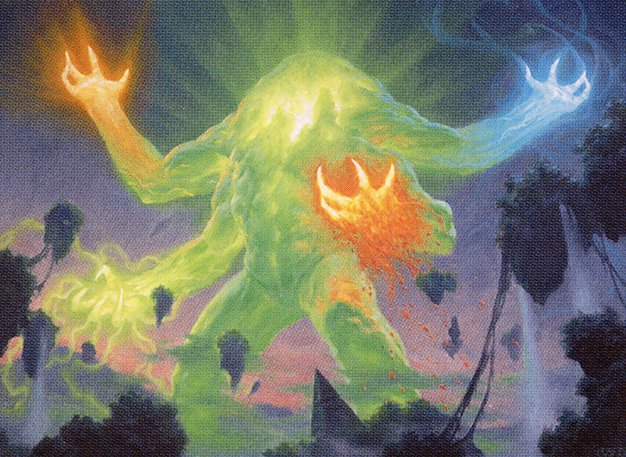
Omnath, Locus of Creation
A value and landfall deck that leverages Omnath's triggers to gain life, deal damage, and draw cards, aiming to gain incremental advantages through land drops and spell synergies.
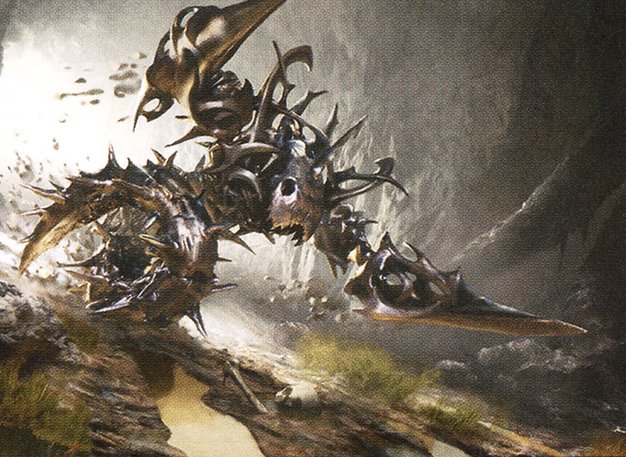
Armix, Filigree Thrasher
A midrange artifact-centric deck that uses fast mana rocks like Jewel Lotus, Goblin Welder, and Chrome Mox to ramp into powerful creatures and removal spells, controlling the board while applying pressure.
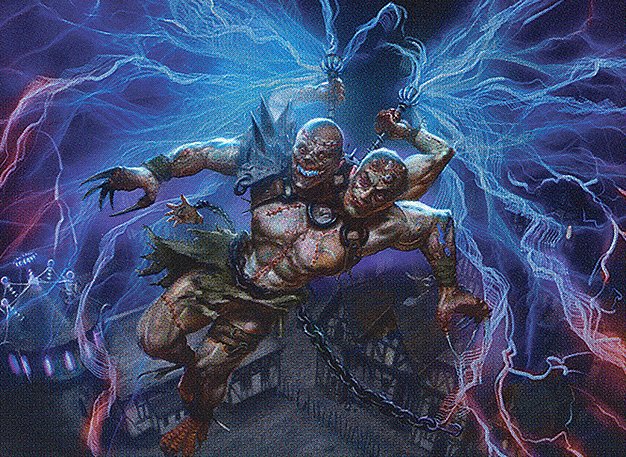
Kraum, Ludevic's Opus
A spell-slinging deck that uses Kraum’s card draw and damage triggers to maintain tempo and pressure, combining powerful creatures and spells to outvalue opponents.
Gameplay Insights
- 1
Players leveraged early mana acceleration artifacts to establish a fast start, enabling quick casting of key spells and commanders.
- 2
Kam's Raffine deck effectively used Wishclaw Talisman and reanimation to maintain card advantage and pressure through repeated recursion.
- 3
Florian utilized Ristic Study repeatedly to maintain a steady flow of cards and to fuel his looting and control strategy.
- 4
Armix’s midrange strategy utilized interactive plays like sacrificing artifacts to Goblin Welder to recycle resources and maintain board presence.
- 5
The game featured strategic combat timing and damage distribution to maximize Raffine's connive triggers and apply pressure on multiple opponents.
- 6
Use of removal spells like Feed the Swarm targeted critical creatures such as Hushbringer to disrupt opponents’ synergies.
- 7
Players balanced risk and resource management, particularly regarding paying for Ristic Study and utilizing dark rituals to ramp into impactful spells.
Notable Cards
-
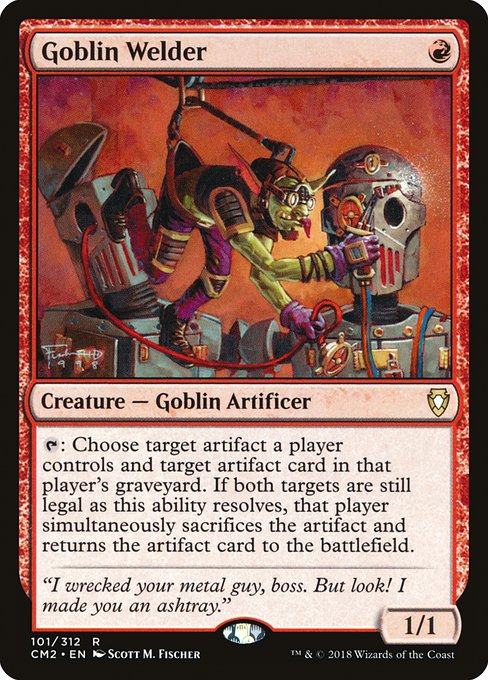
Goblin Welder
-

Chrome Mox
-
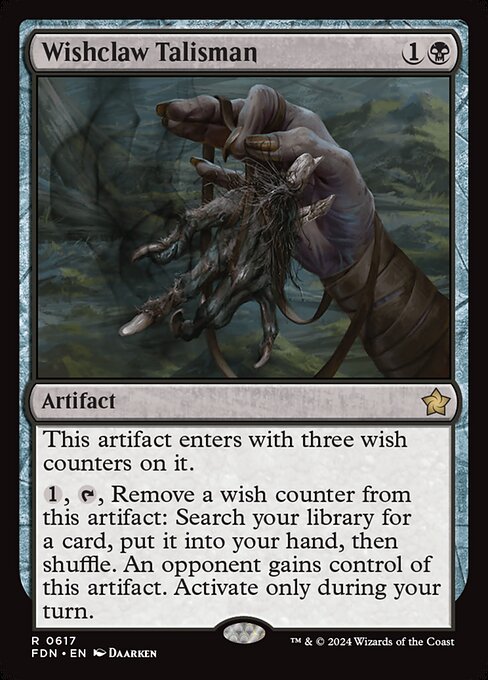
Wishclaw Talisman
-

Demonic Tutor
-
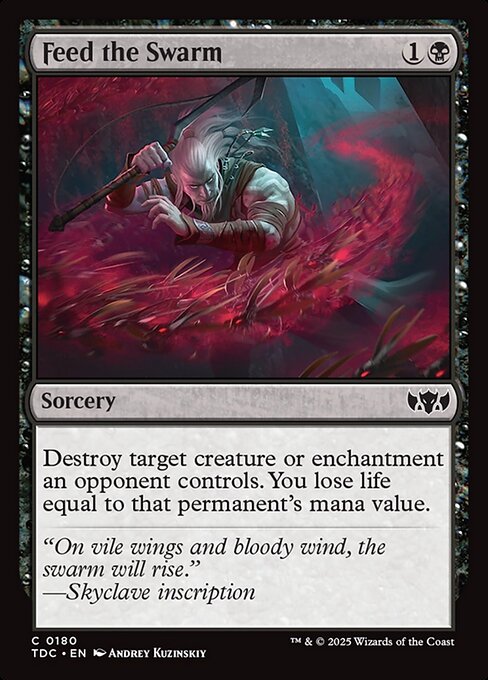
Feed the Swarm
-

Dark Ritual
-

Dark Confidant
-

Omnath, Locus of Creation
-

Raffine, Scheming Seer
-
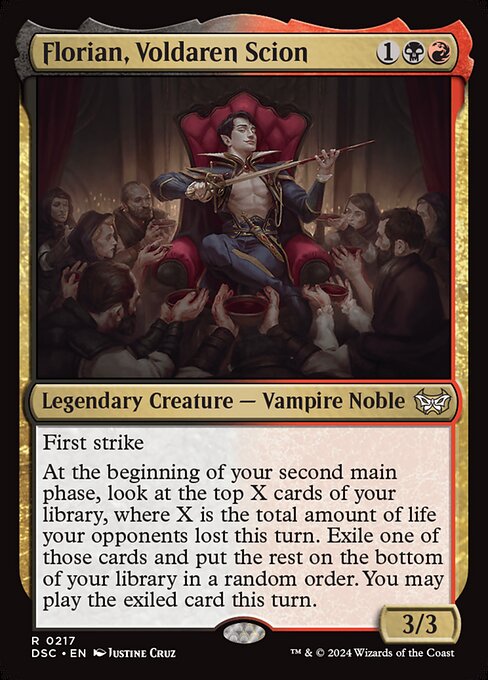
Florian, Voldaren Scion
-

Armix, Filigree Thrasher
-

Kraum, Ludevic's Opus
Gameplay Summary
The game began with aggressive mana acceleration and early plays from all players, with Kam on Raffine establishing a reanimator strategy and others deploying key mana rocks and utility creatures.
Early turns featured a flurry of artifact plays like Jewel Lotus, Mox Opal, and Mox Diamond, setting up fast mana to enable explosive plays.
Florian utilized Ristic Study to draw into threats while Armix focused on midrange plays supported by Chrome Mox and Goblin Welder to maintain resource advantage.
Omnath and Kraum players developed board presence with powerful creatures and value engines like Dothi and Dark Confidant. As the game progressed, Kam’s Raffine deck leveraged card draw and reanimation synergies to apply pressure, while Armix’s midrange deck worked to stabilize and control the board using removal such as Feed the Swarm and Dark Rituals to ramp into impactful spells.
Florian’s deck attempted to maintain card advantage through Ristic Study and looting effects, while Omnath and Kraum provided consistent value and incremental damage through landfall and spell triggers.
The turning point involved multiple combat phases where players exchanged damage and removal spells, thinning resources but maintaining board states.
The game showcased a dynamic balance of aggression, control, and combo potential, with Raffine’s draw engine and recursion abilities standing out as a primary threat alongside the tempo plays of Armix and the card advantage engines of Florian and Omnath.




































